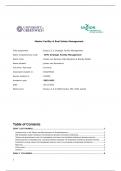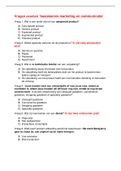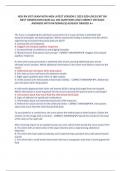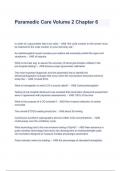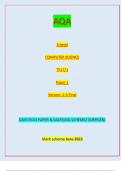Essay
2023 - All Essays (3 Facility Management Propositions) - Course: Strategic Facility Management - Master Facility & Real Estate Management, Saxion & Greenwich University
- Instelling
- Saxion Hogeschool (Saxion)
This document has 3 essays as part of the Essay Portfolio for the Strategic Facility Management Course. Master Facility & Real Estate Management at Saxion University & Greenwich University 2023. This document includes: ESSAY 1 (1677 WORDS) 2 INTRODUCTION TO THE TRENDS AND DEVELOPMENTS IN STANDAR...
[Meer zien]
